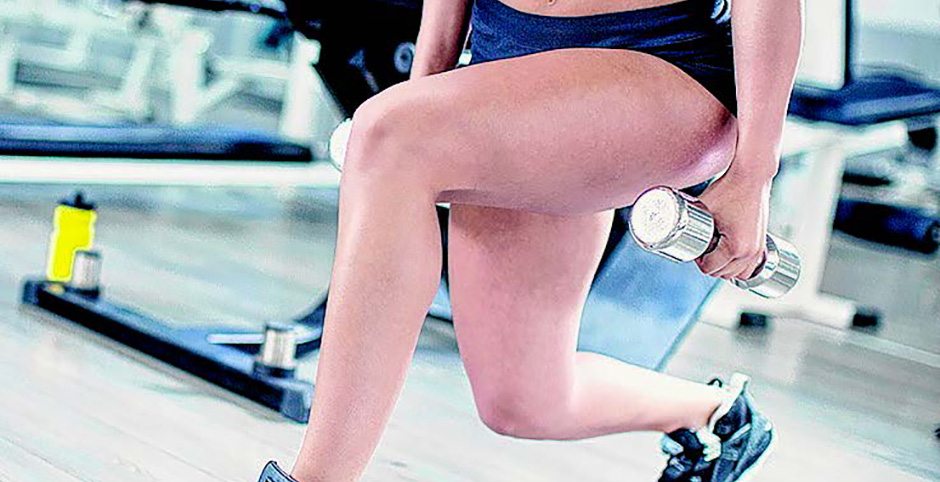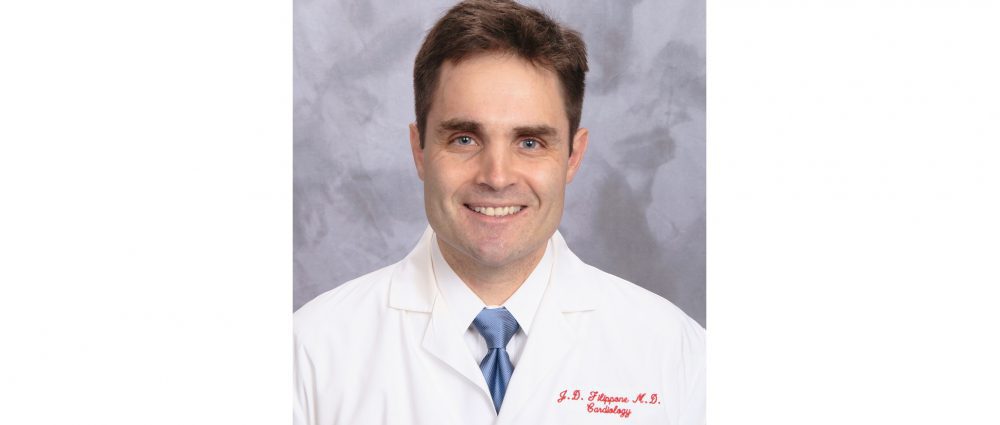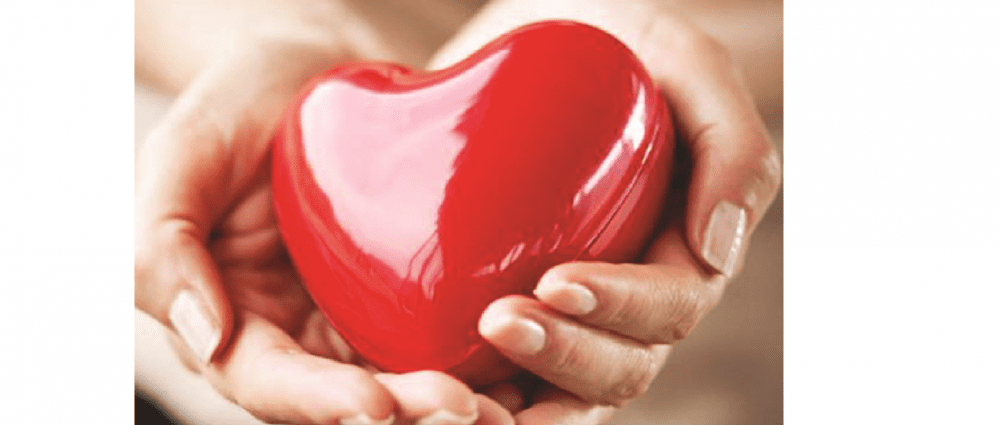
[This piece was written by the Personal Training Team at St. Peter’s Hospital Employee Fitness Center.]
We’ve all noticed the chill in the morning air – winter is coming! And that means our days will soon have the everyday hazards of slippery parking lots, sidewalks and steps.
If you’ve been neglecting your legs in your exercise routine, now is the time to step up! Strong leg muscles can help you steady yourself if you slip and lose your balance. And if you do fall, they make it a lot easier to get back up.
Whether you’re a serious athlete or someone exercising for health, you rely heavily on two large muscle groups in your thighs – the quadriceps and the hamstrings.
The quadriceps (quads) are the four large muscles in the front of the thigh – the rectus femoris, vastus lateralis, vastus medialis, and vastus intermedius. The largest and most used muscles in the body, they are active in practically everything you do – straightening your leg with each step you take, helping you climb stairs and rise from a seated position.
The hamstrings are the three large muscles at the back of the thigh – the semimembranosis, semitendinosis, and biceps femoris. When you’re walking or running, the hamstrings finish the stride cycle, lift your leg and move it backward so it is ready for the next stride.
If you are recovering from an injury or hoping to avoid one, plan workouts that maintain an appropriate balance of these two muscle groups.
For your quads, two good exercises that can be done anywhere are lunges and squats. For a lunge, take a slightly longer than normal step and then slowly lower the back leg until it almost touches the ground. Your front knee should stay in line with your toes and not extend past the front of your toes. Try for two or three sets of 10 repetitions each.
Squats can be done with your hands clasped behind head, or with your arms at your side holding hand weights or a barbell. Move up and down from the hips, keeping your knees from sliding forward past your toes. Old-fashioned deep knee bends are notoriously hard on the knees and do little for the quads.
Lunges help hamstrings as well as quads, but even better are reverse lunges. Step backward and lower that leg toward the ground. The bridge is also effective. Lie on your back with your knees bent and your feet pulled back almost to your butt. Slowly lift your bottom until your knees, hips and shoulders are in a straight line. Hold for a few seconds and then lower yourself back to the floor.
Keeping your quads and hamstrings strong and flexible is a key factor in keeping you mobile and independent well into your senior years. Start working these important muscles now for benefits today and tomorrow!





